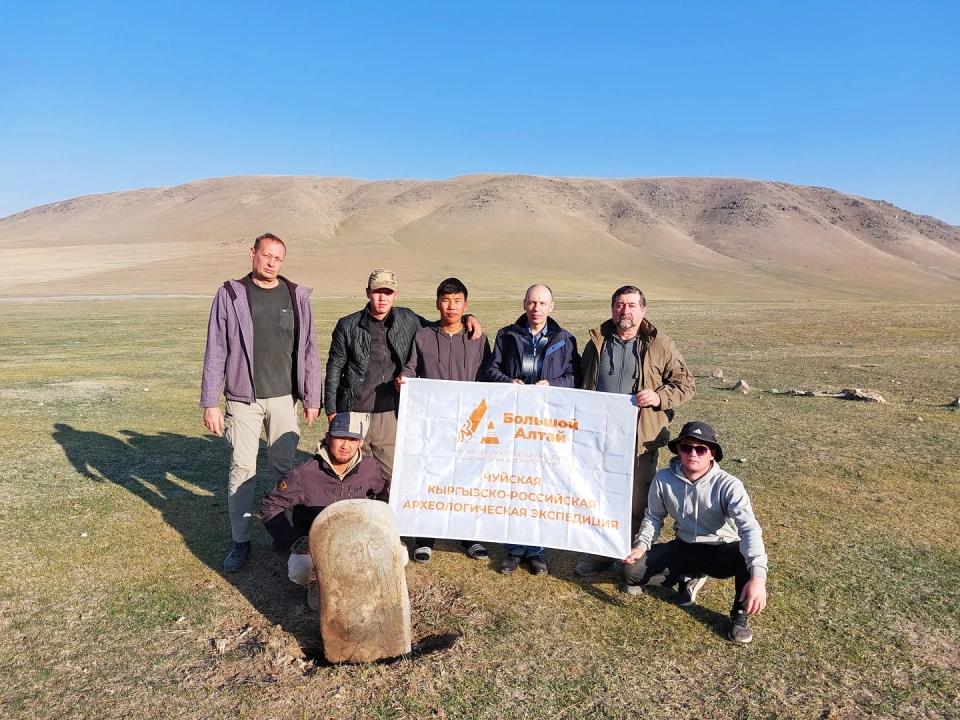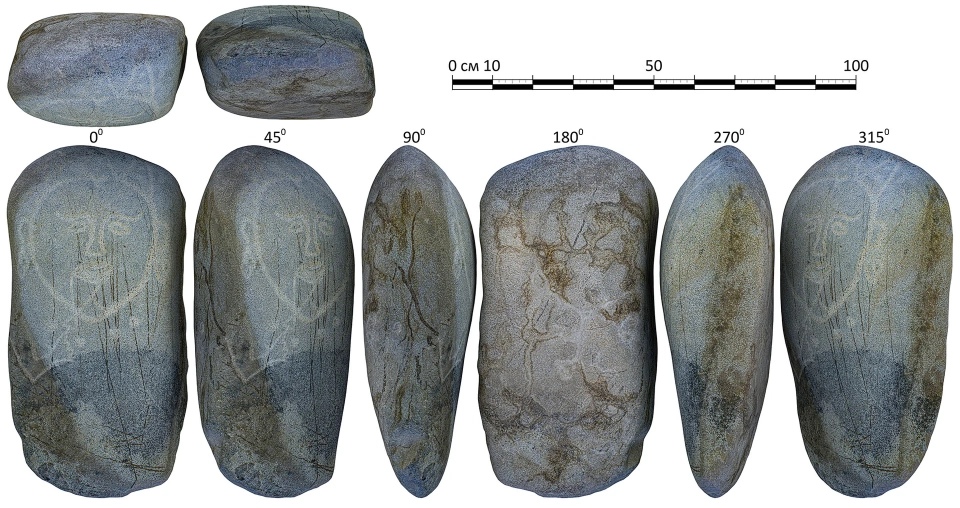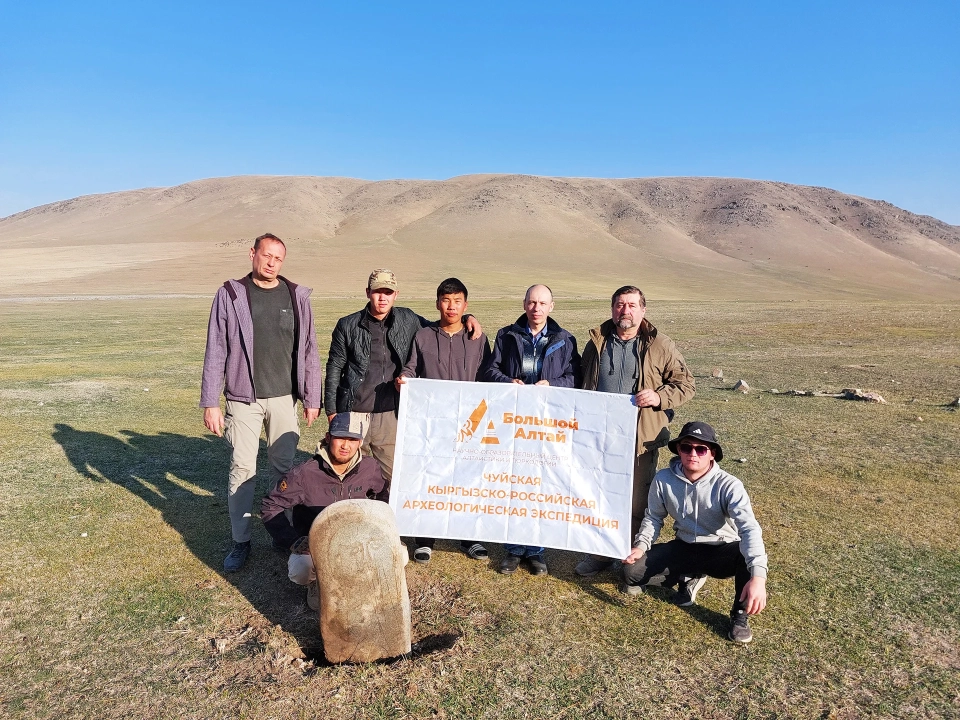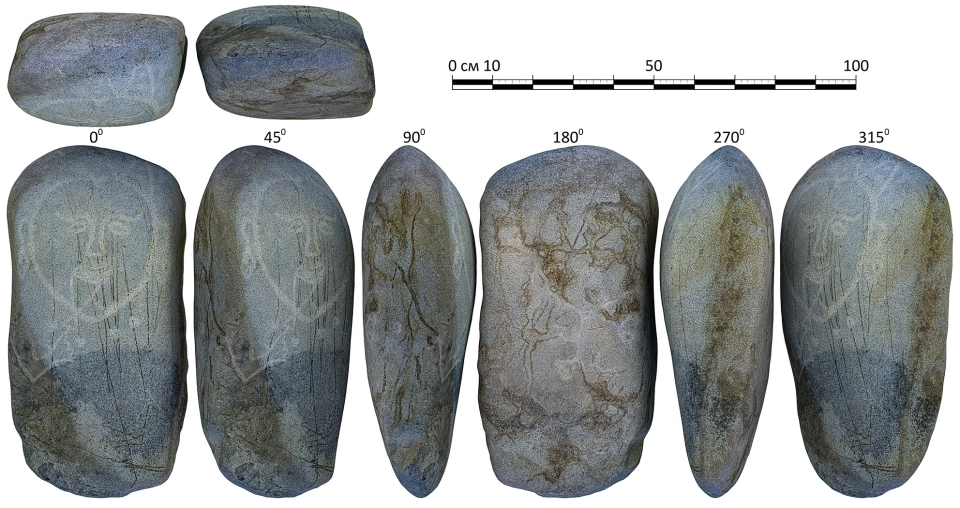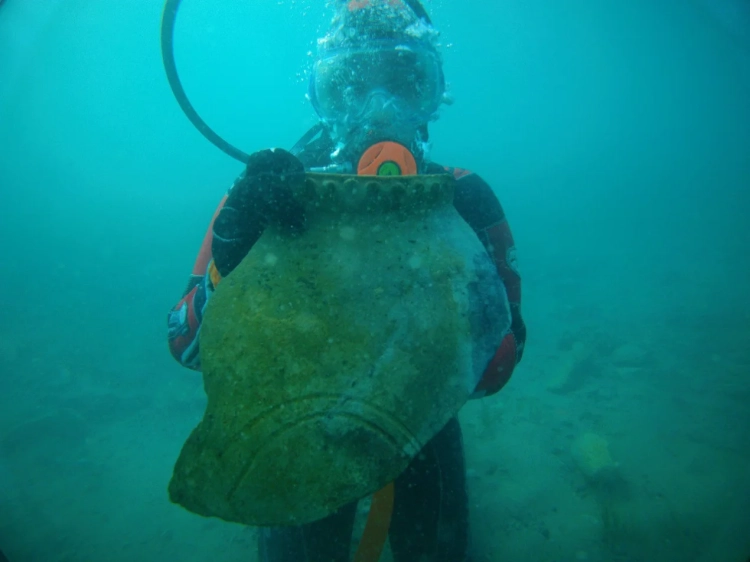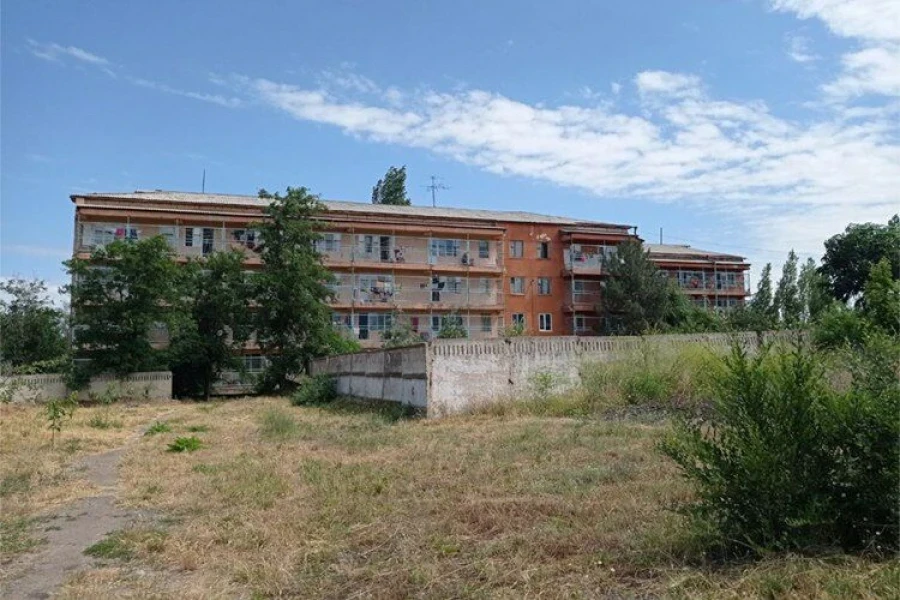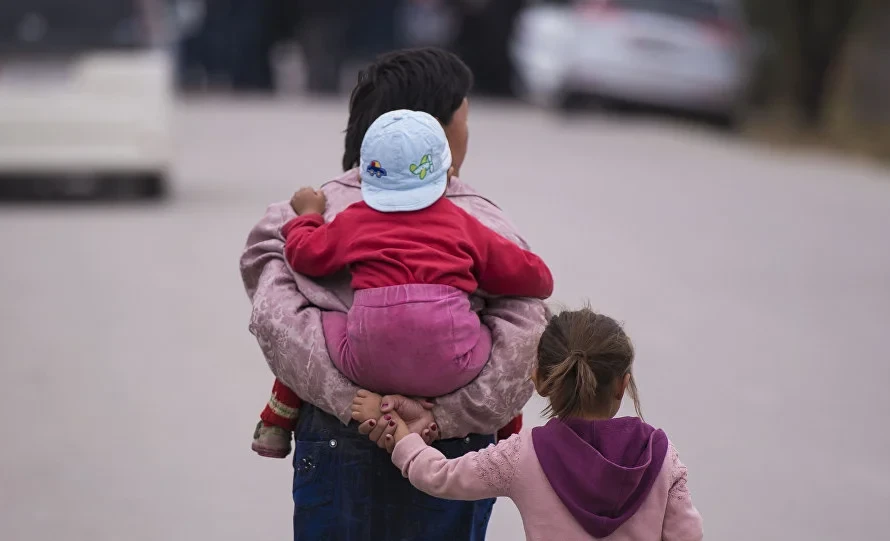In Kyrgyzstan, archaeologists from the Center for Altaic Studies and Turkology "Great Altai" of Altai State University made a unique discovery. During their research, they stumbled upon a previously unknown stone statue depicting a woman with a three-horned headdress, dating back to the early Turkic period. This information was announced at the information center of the Center.
The find occurred as part of the work of the Chui Kyrgyz-Russian archaeological expedition organized by the Center and the Kyrgyz National University named after Jusup Balasagyn (KNU). The expedition conducted research in the Borombay area, located near the village of Kyzyl-Oktabr in the Kemin district of Chui region.
“One of the most significant results of the expedition was the discovery and thorough documentation of the stone statue from the early Turkic period, located near the burial mound group Borombay-I. It depicts a woman with a three-horned headdress and her right hand holding a cup. The uniqueness of the statue lies in the fact that it was created using a large boulder, different from the stones in the vicinity, which may indicate its movement or special delivery. We have already conducted photogrammetry of the object and created its digital copy, and we are currently preparing the material for publication,” the Center noted.It should be reminded that these were the first fieldworks of Altai State University archaeologists in Kyrgyzstan this year. The choice of research sites was based on surveys conducted in 2024, which identified eight burial mound groups. Attention was focused on burial mound No. 39 in the large necropolis Borombay-I and a small burial mound No. 8 in Borombay-II. This fall, these sites became accessible for research as there was no vegetation around them.
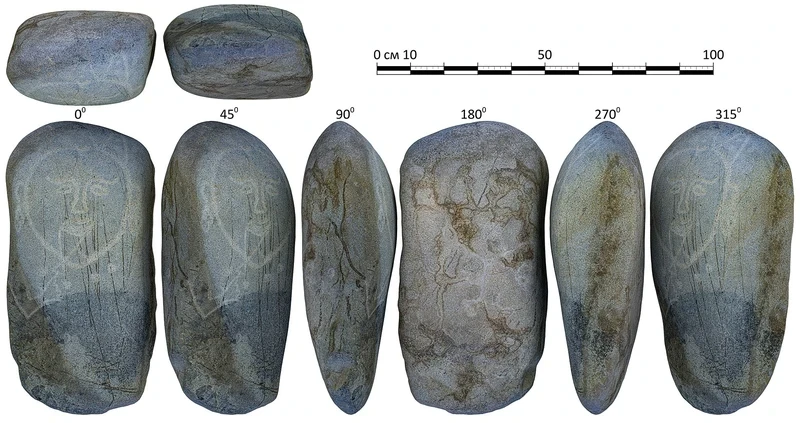
“At the bottom of the catacomb, only individual bones of legs and arms were found, while the skull was missing. Nevertheless, even these remains can serve as an important source for further research. Radiocarbon analysis will help determine the exact age of the find. A large fragment of a ceramic vessel was also found in the grave soil, and another fragment of a different type was discovered in the excavation under the sod,” they added at the Center.The head of the expedition, Alexey Tishkin, reported that they encountered such a structure for the first time, as similar sub-mound structures had not been previously found in Altai.
“Most likely, the burial dates back to the period before the Turkic era and may be associated with the Kenkol culture or even older civilizations. In addition to excavations, we also checked the results of previous studies. We managed to find other ancient stone structures and identify a number of specific elements characteristic of monuments of the nomadic population of Central Asia, such as kherksurs. A total of 41 objects were recorded at the Borombay-I monument. Unfortunately, many burial mounds have been looted, and some objects were destroyed due to road construction; the area has also been cultivated for a long time,” he noted.The second research object, burial mound No. 8 at the Borombay-II monument, represents an oval ring layout of large stones without traces of burial. “Most likely, this is a cenotaph (a symbolic grave to commemorate a person who died far from home), as the ritual structure was part of a chain of other burial mounds. During the excavations, a fragment of pottery and a well-crafted stone pestle were found,” they added in the organization.
After the work was completed, the excavations were reclaimed and covered with sod for rapid restoration of vegetation,” the researchers concluded.
Scientists from the Center for Altaic Studies and Turkology "Great Altai" in collaboration with KNU named after Jusup Balasagyn plan to continue their research on archaeological monuments in Kyrgyzstan.

